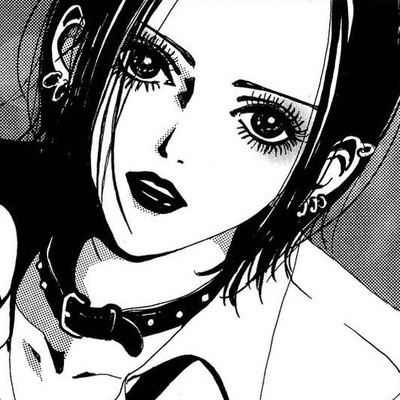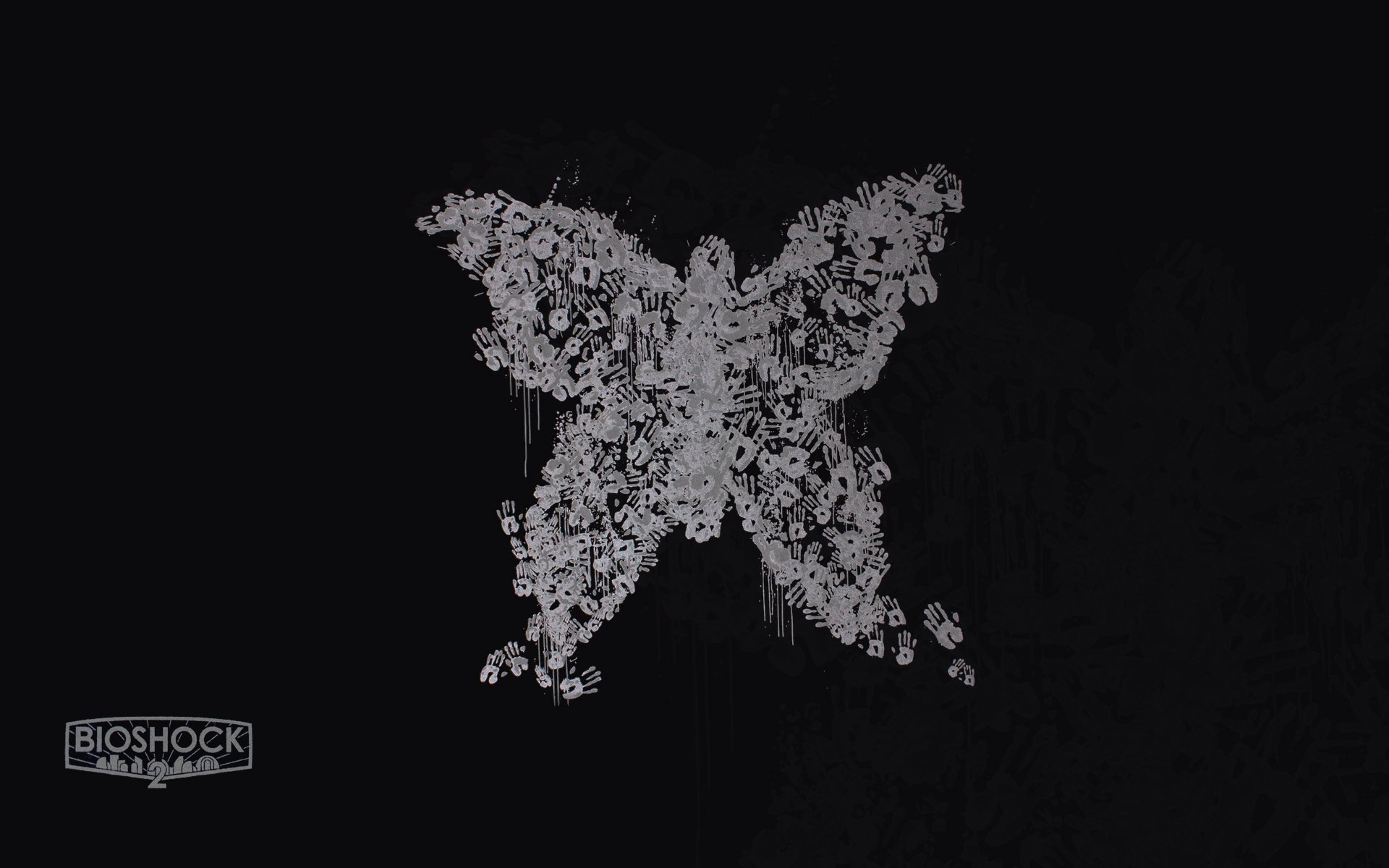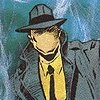Some examples would be the hobbit and a wrinkle in time
A Wizard of Earthsea by Ursula K. Le Guin. I used the first book as a palate cleanser after finishing Blood Meridian. It’s very whimsical and playful in many aspects but also builds out a beautiful world that you can definitely lose yourself in.
This is a wonderful series.
I just started the first book and its very charming
I enjoyed rereading ‘Mrs. Frisby and the Rats of NIHM.’ And also ‘Bunnicula’ for a bit of silliness.
Bunnicula is one of the best silly books ever written.
@Someology @literature Agreed! I have been reading it again and loving them!
I recently re-read Tuck Everlasting for the first time in probably over 20 years, and really enjoyed it.
It’s been a while since I’ve read in but I feel like Holes could be a good example too.
I really think A Series of Unfortunate Events is so worth a read as an adult. It’s fun, meta, plays with its presentation of words on a page. And towards the end the story dovetails into allegory and metaphor, which is a lot more than I bargained for in a children’s book.
Also, finding all the little literary references as an adult is fun! I definitely didn’t pick up on, like, anything when I was a kid, but there are quite a few.
Hatchet by Gary Paulsen was quite the page Turner for young me.
I never read this one as a kid, but finally read it last year. Pretty enjoyable- it felt plausible enough that you could believe he was surviving out there.
The Moomin series, perhaps? Went over the head of my children, but I thoroughly enjoy them myself. Especially the later ones, which are rather melancholic
I will always, always, always recommend anything by Diana Wynne Jones. I re-read Howl’s Moving Castle at least once a year and it’s always a delight; it’s whimsical, it’s hilarious, it’s got an adorable romance, it’s got it all. If you’ve seen the Ghibli movie adaptation, it’s definitely its own take; I would recommend reading the book for a very different, but still lovely experience. I also love Fire and Hemlock by her, although it might be harder to find.
The Uglies series by Scott Westerfeld is on the cusp of childrens’ and teen lit - I read the books when I was in middle school (so ages 11-14) and reread them pretty often as well. They deal with heavier stuff and I always find something new in my rereads; while the books were written with a critique of plastic surgery in mind, they’re even more relevant in today’s social media landscape. The writing style is fairly simple but the ideas are extremely rich, and the relationships between the characters are just fantastic.
An all-ages one that many people don’t realize is a book: The Princess Bride! Actually read it for the first time towards the end of college, and it’s really good fun. If you’ve seen the movie, you know exactly what to expect, but it doesn’t take away from the experience at all.
Harry Potter seems like a given!
Guess that might be a bit more YA though but if we can coun’t those as well then I’d add The City of Ember by Jeanne DuPrau as well (the movie is pretty nice as well!)
It looks like my comment was too big, so I’ll break it in two.
These days it’s hard to differentiate some children’s vs YA books. From what I’ve heard, most modern YA has heavy infusions of sex. At the same time, vocabulary and writing quality in general has gone way downhill. So a children’s book from fifty years ago might be well beyond the capabilities of a child who’s the product of the modern educational system.
But here goes.
The Chronicles of Prydain by Lloyd Alexander is a five-volume fantasy series that begins with The Book of Three. It’s a classic; exciting, funny, and very moving. I think of it as being a sort of “Lord of the Rings” for older children and young adults. But it’s a great read for any age.
There’s also The Foundling and Other Tales of Prydain (1973), a collection of short stories by Lloyd Alexander. They shed additional light on the series.
Try The Portmanteau Book (1974) by Thomas Rockwell, illustrated by Gail Rockwell. It’s a comedy riot between two covers. It’s not a novel, though. It’s short stories, a comic book, puzzles, incredible illustrations, poetry, an index that contains a bank robbery as you read from entry to entry, a contest…there’s no other book like it in the world.
Thomas Rockwell also wrote the classic How To Eat Fried Worms (1973), which absolutely should not be missed. You’ll love it.
Robert A. Heinlein’s science fiction juveniles turned several generations of readers into science fiction fans. I’d suggest starting with the second one, Space Cadet (1948), because the first one, Rocket Ship Galileo (1947), is just boring - but it’s the only one of his books that is. The books aren’t a series, as such; there are a few references in common among some of the books, but no characters. Heinlein was a hell of a writer, and the books are great reads at any age!
The Three Investigators books are pure brain candy (I still clearly remember sitting in the school library when the term “brain candy” came into my mind). Three teenaged boys who investigated green ghosts, talking skulls, and silver spiders (among other things), with a hidden HQ that was an RV buried in a junkyard? It was a total delight! The series was created by Robert Arthur, who wrote books 1-9 and 11 in the series. Lesser authors wrote many more Three Investigators books later. The earlier books were “introduced” by Alfred Hitchcock (Robert Arthur had done a lot of work writing and editing books for Hitchcock), and Hitchcock played a small role in the books as the boys’ patron. Unfortunately the rights to Hitchcock’s name and likeness were revoked by Hitchcock’s estate, at which point the earlier books were rewritten (badly) to replace him with a fictional patron. Look for the earlier editions, with Hitchcock and with outstanding illustrations by Harry Kane. The first three books in the series were The Secret of Terror Castle (1964), The Mystery of the Stuttering Parrot (1964), and The Mystery of the Whispering Mummy (1965). You can find the rest of the list on Wikipedia.
There were quite a few books released under Alfred Hitchcock’s name. Some are for children and young adults, while others are for adults. All of these were actually edited and/or written by Robert Arthur, who was an outstanding author in his own right. Among those books were Ghosts and More Ghosts (1972), Mystery and More Mystery (1972), Alfred Hitchcock’s Haunted Houseful (1961), Alfred Hitchcock’s Ghostly Gallery (1962), Alfred Hitchcock’s Solve-Them-Yourself Mysteries (1963)…there were others. As I recall, all of the large hardcover editions also included wonderful full-page illustrations by Harry Kane. They’re well worth seeking out!
Snow Treasure (1942) by Marie McSwigan tells of children in Nazi-occupied Norway who help smuggle gold out of the country under the eyes of the invaders. It’s extremely exciting.
The Twenty-One Balloons (1947) by William Pène du Bois is a lot of fun. It’s filled with balloon inventions and a secret island with a society based around cookery. Definitely a great book!
The Jungle Book (1894) and The Second Jungle Book (1895) are wonderful collections of short stories for children by Rudyard Kipling. They feature the adventures of Mowgli, a human boy who is raised by wolves in the jungle. There are also other stories such as “Rikki-Tikki-Tavi”, the mongoose who fights two cobras to save his boy.
Continued…
Then there’s the wonderful Great Brain series by John D. Fitzgerald. Kids love it; it’s very funny, and written first-person from a child’s point of view. I’ve had whole rooms of kids laughing when I’ve read that one to them. Set in the early 1900s, it also gives interesting insight to those times.
Hugh Lofting’s Doctor Dolittle books are gentle, charming, and memorable. The earlier books in the series are now in the public domain. You can download them for free from Project Gutenberg in the major ebook formats.
I’d be remiss if I didn’t mention The Chronicles of Narnia by C.S. Lewis. But don’t read the books in the order listed on at least some of the versions in print these days. The Lion, the Witch, and the Wardrobe should be read first. The Magician’s Nephew is the sixth book in the series. Renumbering the books to put them out of the original publication order was an act of sheer stupidity by the publisher. It ruins some lovely surprises.
The Wind In the Willows (1908) by Kenneth Grahame is a very special book indeed. Set in the English countryside, Mole and Rat and Toad and Badger’s adventures will stay with you forever. And the book is free to download in all the major ebook formats.
A lot of people forget that Roald Dahl wrote a sequel to Charlie and the Chocolate Factory (1964), but Charlie and the Great Glass Elevator (1972) is a great book. It picks up immediately after the end of the first book, and you get to see how Charlie and his family’s lives change. There’s space travel, Oompa-Loompas, Wonka-Vite, Vermicious Knids…everything you could want!
Walter Farley’s The Black Stallion (1941) series is simply iconic. Ditto for his other series, The Island Stallion (1948). The books hold up well.
Have you considered The Hobbit (1937)? It well deserves its status as a classic of fantasy, practically the foundation of the entire genre. And you can move on from that to The Lord of the Rings (1954-1955), and possibly even The Silmarillion (1977).
The Adventures of Phunsi (1946) written and illustrated by Allison Mason Kingsbury is a really lovely book. It’s the story of a young zebra in Africa who is captured along with his mother and taken to the Central Park Zoo in New York City. Phunsi escapes, and his adventures through New York and surrounding areas make for a wonderful book. There are songs and poems, and the ending never fails to leave a lump in my throat.
Lars and Lisa In Sweden (1950) is the story of a brother and sister who travel through Sweden with their parents. It’s very memorable and charming. I’ve never forgotten their trip through a canal’s locks, the Christmas cats, or the Maypole dance.
Have you read The Wonderful Flight to the Mushroom Planet (1954)? It’s a great book, as are the others in the series. The same goes for Robert McCloskey’s Homer Price (1943) stories and The Mad Scientists Club (1965) books by Bertrand R. Brinley.
Note: Please consider patronizing your local independent book shops instead of Amazon; they can order books for you that they don’t have in stock. Amazon has put a lot of great independent book shops out of business.
And of course there’s always your local library. If they don’t have a book, they may be able to get it for you via inter-library loan.
If you’d rather order direct online, Thriftbooks and Powell’s Books are good. You might also check libraries in your general area; most of them sell books at very low prices to raise funds. I’ve made some great finds at library book sales! For used books, Biblio.com, BetterWorldBooks.com, and Biblio.co.uk are independent book marketplaces that serve independent book shops - NOT Amazon.
Happy reading! 📖
I read the His Dark Materials trilogy for the first time when I was an adult and really enjoyed it. Lots of interesting ideas and the characters have stuck with me! Pullman has also released two out of the three books of a sequel-ish trilogy and when that series is complete I plan to read that one as well!
I really liked it as well. Check out the prequel series, A Book of Dust. It’s really good as well.







